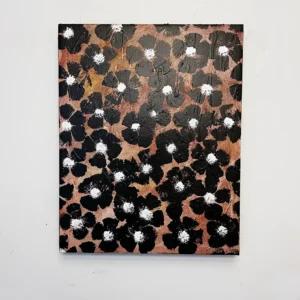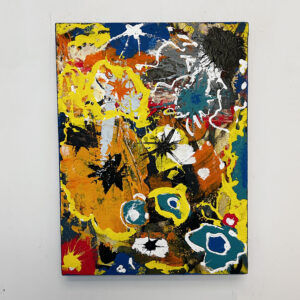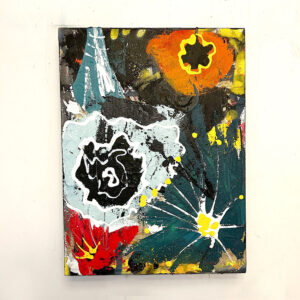Abstract art has long been a realm of boundless creativity and innovation. While it encompasses a wide range of styles and forms, some abstract artists have taken their work to the next level by incorporating weird and unconventional objects into their creations. These peculiar additions challenge traditional artistic norms, spark curiosity, and push the boundaries of artistic expression. In this article, we will explore the world of weird objects in abstract art, shedding light on what makes them unique, their historical context, and the fascinating stories they tell.
The Surreal Turn in Abstract Art
Abstract art itself is often characterized by its departure from realistic representation, focusing instead on shapes, colors, and forms to convey emotions and ideas. However, some abstract artists have taken this departure further by introducing strange and unconventional objects into their work. This surreal turn in abstract art invites viewers to engage with the unexpected and the bizarre.
Historical Context
The incorporation of weird objects into abstract art can be traced back to the Surrealist movement of the early 20th century. Surrealism sought to explore the realms of the subconscious and the irrational, often using bizarre and dreamlike imagery. Artists like Salvador Dalí, René Magritte, and Max Ernst embraced the unconventional, paving the way for future artists to explore the weird within the abstract.
Challenging Perceptions
Weird objects in abstract art challenge viewers to question their perceptions and interpretations. These objects may be mundane items taken out of context or strange, unidentifiable forms that provoke thought and wonder. In doing so, they encourage viewers to find their own meaning within the artwork, blurring the line between the artist’s intention and the viewer’s interpretation.
Examples of Weird Objects in Abstract Art
- “L.H.O.O.Q.” by Marcel Duchamp: This iconic piece is both a work of art and a playful, subversive commentary on the art world. Duchamp took a postcard of the Mona Lisa and added a mustache and goatee, transforming a famous masterpiece into a humorous and bizarre creation.
- “Object” by Meret Oppenheim: This Surrealist artwork features a teacup, saucer, and spoon covered in fur. Oppenheim’s choice of materials and presentation challenges our expectations of everyday objects, blurring the line between the familiar and the strange.
- “Dada Head” by Sophie Taeuber-Arp: Taeuber-Arp, a key figure in the Dada movement, created this abstract sculpture that incorporates found objects like a tape measure and a wooden spool. It exemplifies the Dadaists’ embrace of the nonsensical and the unconventional.
- “Lobster Telephone” by Salvador Dalí: This bizarre piece combines a telephone with a lobster, creating a surreal and unsettling juxtaposition of objects. It challenges our understanding of functionality and meaning in everyday objects.
Weird objects in abstract art invite us to embark on a journey of curiosity, imagination, and interpretation. They challenge our preconceptions about art and the world around us, prompting us to see the familiar in new and unexpected ways. Whether through playful subversion, Surrealist exploration, or the embrace of the bizarre, these artworks enrich the abstract art landscape by infusing it with a sense of wonder and the unconventional. In the world of abstract art, the weird and the wonderful coexist, expanding the horizons of artistic expression and inviting us to explore the uncharted territories of creativity.


